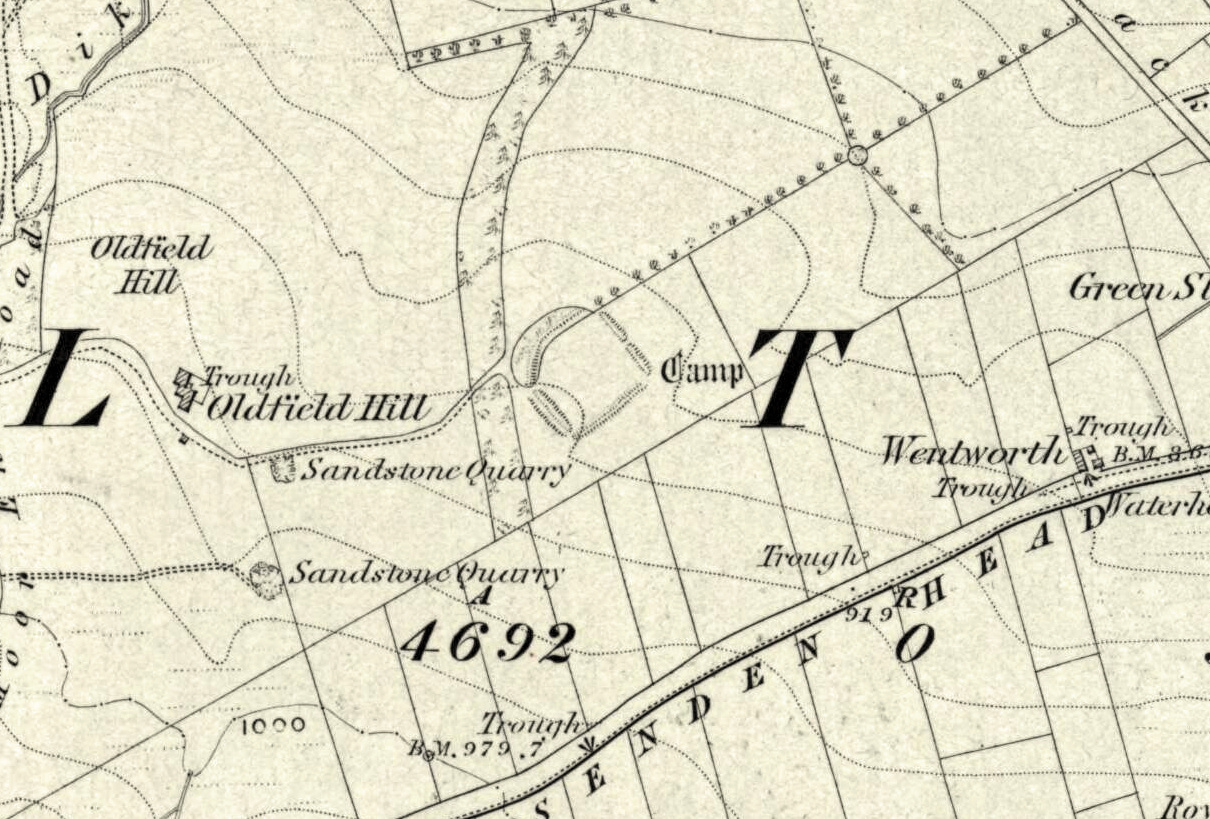Around 700 BCE, a major change occurred in Britain — iron replaced bronze as the main metal used for tools and weapons. Iron was more common in the landscape and easier to work with than bronze, making it a practical choice for farming, building, and defence.
The Iron Age in Britain lasted until the Roman invasion in 43 AD. In this time, people across what is now Kirklees lived in small farming communities and began to form into identifiable tribes.
Tools
Iron tools were stronger and sharper, which made farming easier with iron-tipped ploughs and better crop-cutting tools like sickles. Iron weapons such as swords and spears were also used for hunting and defence. A key invention was the rotary quern, which crushed grain between two stones to make flour. This was much quicker and easier than older methods, meaning people could prepare food more efficiently.
Everyday life
In Kirklees, people lived in roundhouses with thatched roofs and wattle and daub walls. Families cooked on central fires, stored food in jars, and slept on straw beds. Villages were often built on hills for protection.
In Meltham, a unique enclosure may have been used for livestock. Finds include spinning tools and metalworking items, showing growing skills and organisation.
Farming was essential. People grew crops like wheat and barley, kept animals, and some specialised in trades like pottery, carpentry, and metalwork.
End of the Iron Age
By 43 AD, the Brigantes lived in what is now Kirklees. Known as "hill-dwellers," they formed farming communities and spoke a distinct language. Although they left no writing, their culture survives in place names like Calder ("rapid stream") and Colne ("noisy river"). Roman accounts mark the start of written history in the region.
